Infected Nose Piercing: 5 Home Remedies And Aftercare Tips
Protect your nose adornment to keep it looking pretty!
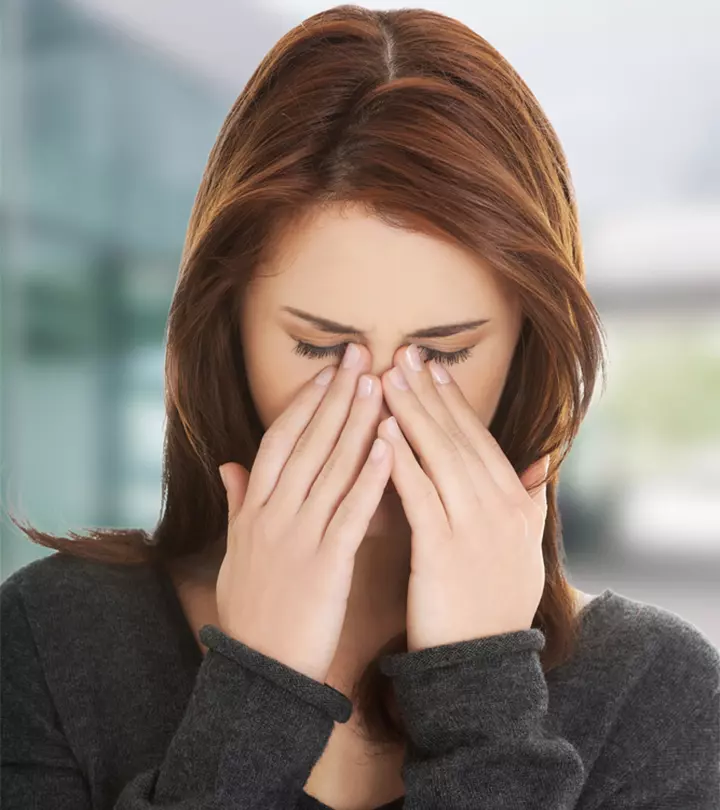
Image: Shutterstock
The practice of piercing the nose has transformed over the ages from its ancient cultural roots to carry a modern aesthetic appeal. Though getting it is all fun and exciting, people sometimes overlook the risk of an infected nose piercing. Yes, just like other piercings, this one gets infected too! In fact, according to a national survey of 5,000 individuals in France with piercings at sites like the nose, ear, and tongue, 44% reported having infections (1). With such a high incidence of the risk of infections, it is important to look after your nose piercing, especially when it is new and still healing. To do so, you must recognize the causes and signs of an infected nose piercing and be aware of preventive measures and treatment options. In this article, we will delve into all this and more in detail to help you with a complication-free healing journey. Read on!
In This Article
What Does An Infected Nose Piercing Look Like?

The severity of your infection influences the appearance of your piercing infection. A mildly infected nose piercing may typically appear red, swollen, and inflamed. You may also observe nose piercing bumps. As your infection worsens, the redness and inflammation may increase and can extend beyond the immediate area of the piercing. Pus or discharge may also start to emerge from the piercing site, indicating a more advanced stage of infection.
However, sometimes a healing piercing can also be mistaken for a mild infection, wherein it is normal to have some inflammation and redness around the piercing site. This is an immune response that usually occurs to initiate the healing process (2). You may also experience slight pus or a crusty yellowish discharge.
Lauren, a blogger, shared experiencing something similar with her nose piercing. Her piercing bled quite a few times during the first few days. However, her piercer suggested that it was normal. Then, on the 7th day, she experienced something that made her wonder about a nose piercing infection. She writes, “There was a little yellow crustiness around it this morning, but I simply wiped it away with a cotton bud. After a lot of research online, apparently, this is normal and nothing to worry about as infections have different symptoms (i).”
This shows that the way your infected piercing looks is not enough to confirm you have a nose piercing infection. Along with factors like redness and swelling, a few more symptoms, listed below, can help discern if there really is a cause for concern.

Key Takeaways
- Non-sterilized piercing equipment, allergic reactions to jewelry metals, and lack of proper aftercare practices may contribute to the increased risk of nose piercing infection.
- Signs of this infection include increased pain, throbbing sensations, warmth to the touch, and pus-like discharge with an unpleasant odor.
- Conservative treatments for it include cleaning with a saline solution, using a warm compress, and applying topical antibiotics prescribed by a medical professional.
- If home treatment does not improve the infection after a week, or if there is an abscess formation, seeking medical attention is recommended to prevent further complications.
How Do I Know If My Nose Piercing Is Infected?
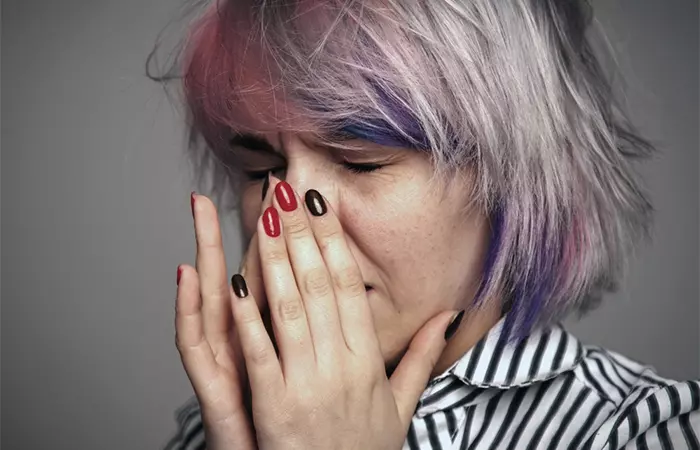
While some pain and discomfort are normal during the initial healing period of a nose piercing, an increase in pain, especially after the first few days, could be a sign of infection. Along with it, some other symptoms listed below can help you confirm that it is really an infection and not just your piercing’s healing process.
- Localized pain in the nose area as well as tenderness and a throbbing sensation.
- May feel warm or hot to the touch due to increased blood flow and inflammation.
- May experience pus-like discharge with a yellow or greenish color and an unpleasant odor.
- Increased sensitivity of the piercing site to touch and pressure.
- Pus or blood-filled small pimples or abscesses near the piercing area.
Getting a nose piercing infection is a bummer. But why does it happen? Read the following section to know more.
Causes Of Nose Piercing Infection
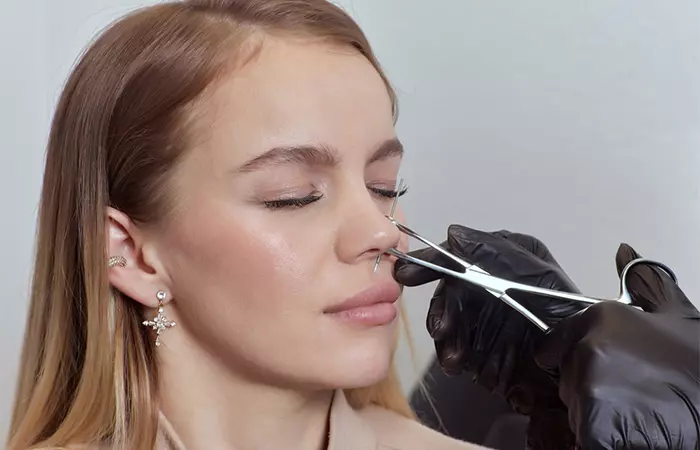
When it comes to body piercings, like that on your nose, using non-sterilized and improperly cleaned piercing equipment may contribute to the increased risk of infection (3). One such type of equipment that may be hard to clean is a piercing gun. Generally, piercing studios sterilize their needles, jewelry, or any tools used during the process in an autoclave, a machine that uses heat from steam under pressure to kill harmful germs. However, it is impossible to sterilize a piercing gun in it, as the gun is made of plastic that may melt in the autoclave’s high heat. Since the equipment cannot be sufficiently cleaned between use on multiple clients, it may carry some bacteria like pseudomonas that are linked with infected nose piercings (3).
Apart from the use of improperly cleaned piercing equipment, there are some other causes of infected nose piercings, as listed below:
- You may experience an allergic reaction to certain materials used in nose jewelry like nickel, chromium, and cobalt (4).
- Lack of proper aftercare practices like touching the piercing with dirty hands, may introduce bacteria and make the piercing susceptible to infections.
- Exposure to dirt, dust, moisture, or other contaminants in the environment may also increase the risk of potential complications.
- Accidental trauma or injury to the nose piercing site may disrupt its healing process and increase the risk of infection.
In addition to this, individuals with a compromised immune system may also experience body piercing infections. This may be because a weak immune system affects the body’s response to infections, leading to impaired healing and increased risk of infection (5).
 Did You Know?
Did You Know?When it comes to an infected nose piercing, taking prompt action is crucial to prevent the infection from worsening. But worry not, as it is a common issue, and it is possible to self-treat. Read the following section to find out how to heal an infected nose piercing at home.
How To Treat An Infected Nose Piercing
When it comes to body piercing infections, conservative treatments like warm compress may help to some extent. You may also opt for topical or oral antibiotics for infections, like bacitracin and cephalexin (3). Although it is recommended to consult with a medical professional before using any medication, here are some general guidelines for how you can handle your infected nose piercing:
- Wash your hands with a mild soap and water before touching the piercing.
- Clean the piercing with a saline solution. You can prepare it by mixing two teaspoons of non-iodized sea salt with four cups of distilled water. You can also try an antiseptic solution, like betadine, to clean the site.
- Use a warm compress to calm the inflamed skin and get some relief from the pain. To do this, soak a clean cloth in warm water and press it gently to the infected area for a few minutes.
- Pat dry the area with a paper towel and apply prescribed antibiotic ointments. Do this 2-3 times a day, or as prescribed by your doctor.
- You can also try simple home remedies like chamomile tea bags or aloe vera gel to ease irritation and aid healing. Just soak a chamomile tea bag in warm water and gently press it on the infected area for a few minutes. Aloe vera gel, with its soothing and antimicrobial properties, can be lightly applied to reduce swelling and promote recovery (6). Remember to combine these remedies with regular cleaning and proper care for best results.
Dr. Dmitriy Schwarzburg, a cosmetic dermatology expert says, “ Proper care for an infected nose piercing is essential to avoid complications. If the infection is not addressed, it could lead to keloid scarring, which may create a raised bump at the piercing location. While treatments for keloid scars are available, there’s a risk that the scar may persist long term.”
Before following these simple steps, it is also important that you remove your piercing jewelry. If you are worried that this may close the hole, you may place a loose loop suture through the piercing as a placeholder throughout your infection treatment (3). Once the infection heals, you may wear your regular jewelry piece/s.
- Additionally, below are some preventive measures you may follow to keep the infections from worsening:
- Avoid using harsh cleansers, alcohol-based products, and hydrogen peroxide, as they may irritate the infection site.
- Be cautious when drying your face or changing clothes to avoid accidentally hurting the infected piercing.
- Avoid using makeup and skincare products on and around your nose, as they may further irritate the area.
- Avoid picking at the infected site. Just keep the area clean and sterilized to prevent the infection from worsening.
 Quick Tip
Quick TipComplications arising from nose piercing infections are rare. But if it does not get better even after a week of home treatment, delaying medical attention may lead to the infection worsening. Read below to find out when exactly you should contact a doctor for your nose piercing infection.
When To See A Doctor For An Infected Nose Piercing
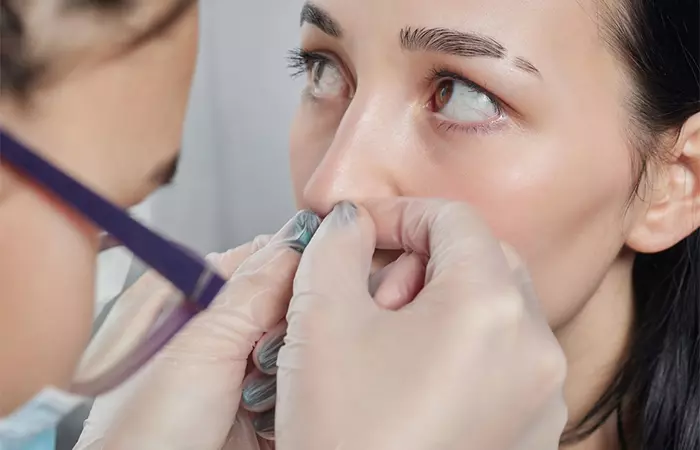
A delay in the treatment of your nose piercing infection may lead to abscess formation (3). If you notice such an occurrence, visit a doctor immediately. If it is small, they may prescribe you some oral antibiotics for it; however, if it is large, they may also drain it using sterile tools. Please note that it is not recommended to drain the abscess yourself, as it may only introduce more bacteria into the wounded skin and worsen the infection. Apart from this, if you experience a high fever with your nose piercing infection, seek medical advice immediately, as a fever is linked with severe infections (7).
Dr. Schwarzburg also mentions, “Most of the time, infected nose piercings can be successfully treated at home. However, don’t wait for it to get bad to start treating it as infections can quickly progress. If you do end up seeing a doctor, chances are you will be prescribed a medical-grade saline solution and antibiotic ointment. If you want to avoid a doctor’s visit, a simple saline rinse and over-the-counter antibiotic ointment is the best way to go.”
The best way to prevent a nose piercing infection is by letting your new piercing heal successfully. The following section will take you through some simple tips you can follow to minimize the risk of infections.
How To Prevent A Nose Piercing Infection

Below is a list of instructions to ensure that your nose piercing stays infection-free:
- Ensure that it is done by a licensed and professional piercer in a clean and sterile environment.
- Avoid getting pierced with a gun, as they are hard to sterilize, which may increase the risk of infection.
- Ensure that the jewelry used is made of suitable materials, such as surgical-grade stainless steel, titanium, or gold, and that you are not allergic to them.
- If you feel impatient and wonder when you can change your nose piercing, you must remember to pause and think before you act. Do not change the jewelry before the recommended healing time, as it may irritate the site and even lead to the closure of the piercing hole.
- Try not to touch your piercing unnecessarily. If you need to adjust or clean it, make sure to wash your hands with soap and water, and use a gentle touch.
- Keep hair care, skin care, and makeup products away from the healing piercing site, as they may introduce additional irritants and increase infection risk.
- Ensure that your bedding, clothing, and personal items that come into contact with the new piercing are clean.
- Avoid swimming in hot tubs, pools, and other natural bodies of water until your piercing is fully healed, as these environments may harbor bacteria that may lead to severe infections.
- Avoid wearing scarves or high-collared shirts that may snag on the piercing and cause trauma to it. Instead, opt for loose-fitting clothing.
- Keep an eye out for any signs of infection, such as increased redness, swelling, pain, or discharge with an unusual color or odor. If you notice any of these signs, seek medical help immediately.
The primary reasons behind an infected nose piercing is either negligence in taking care of it during its healing process, or an unclean piercing environment. Ideally, the healing time of this kind of piercing may range from 3 to 6 months to even a year, depending on its location. For instance, a pierced nostril may heal completely in 3 to 4 months, while a rhino piercing may take nearly a full year to heal. If you experience an infected piercing during this time, effectively addressing it requires a combination of timely recognition of the infection symptoms and attentive care. The latter includes cleaning the infected piercing site with saline solution, avoiding irritants, and practicing good hygiene. Additionally, seeking professional advice if symptoms persist or worsen is important to ensure proper treatment.
Frequently Asked Questions
How soon after getting a nose piercing can an infection occur?
Anecdotal evidence suggests that after getting a nose piercing, the highest risk of infection is during the first few days to a week. This may be because during this time the piercing site is considered an open wound, making it susceptible to germs and bacteria. Keeping the area clean during this period is critical.
Can a nose piercing infection kill you?
No, it is unlikely that a nose piercing infection may kill you, especially if it is treated timely. However, if left untreated, the infection may spread further and lead to sepsis which is a life-threatening condition that occurs when the body’s response to infection triggers a widespread inflammatory reaction. If not treated promptly, sepsis may be fatal (8).
An infected nose piercing can bring along pain, swelling, and numerous other complications. If you are dealing with one and unsure how to treat it, check out the video below for information on how to handle it.
Personal Experience: Source
StyleCraze's articles are interwoven with authentic personal narratives that provide depth and resonance to our content. Below are the sources of the personal accounts referenced in this article.
(i) My nose piercing experience | the first week
https://whatlaurendidtoday.blogspot.com/2015/07/my-nose-piercing-experience-first-week.html
References
Articles on StyleCraze are backed by verified information from peer-reviewed and academic research papers, reputed organizations, research institutions, and medical associations to ensure accuracy and relevance. Read our editorial policy to learn more.
- Body piercing: A national survey in France
https://pubmed.ncbi.nlm.nih.gov/30404090/ - About inflammation and infection
https://www.ncbi.nlm.nih.gov/pmc/articles/PMC3564704/ - Body piercing infections
https://www.ncbi.nlm.nih.gov/books/NBK537336/ - Metal allergy: State-of-the-art mechanisms, biomarkers, hypersensitivity to implants
https://www.ncbi.nlm.nih.gov/pmc/articles/PMC9739320/ - The dynamics of the skin’s immune system
https://www.ncbi.nlm.nih.gov/pmc/articles/PMC6515324/ - Pharmacological Update Properties of Aloe Vera and its Major Active Constituents
https://pmc.ncbi.nlm.nih.gov/articles/PMC7144722/ - Physiology, fever
https://www.ncbi.nlm.nih.gov/books/NBK562334/ - Body piercing with fatal consequences
https://www.ncbi.nlm.nih.gov/pmc/articles/PMC3062280/
Infected Nose Piercing Treatment & Prevention Tips
Watch now to discover how to spot and treat an infected nose piercing safely at home, prevent complications, and know when to see a doctor.
Read full bio of Dr. Schwarzburg
Read full bio of Gracia Odile
Read full bio of Madhumati Chowdhury
Read full bio of Vaishali Sinha






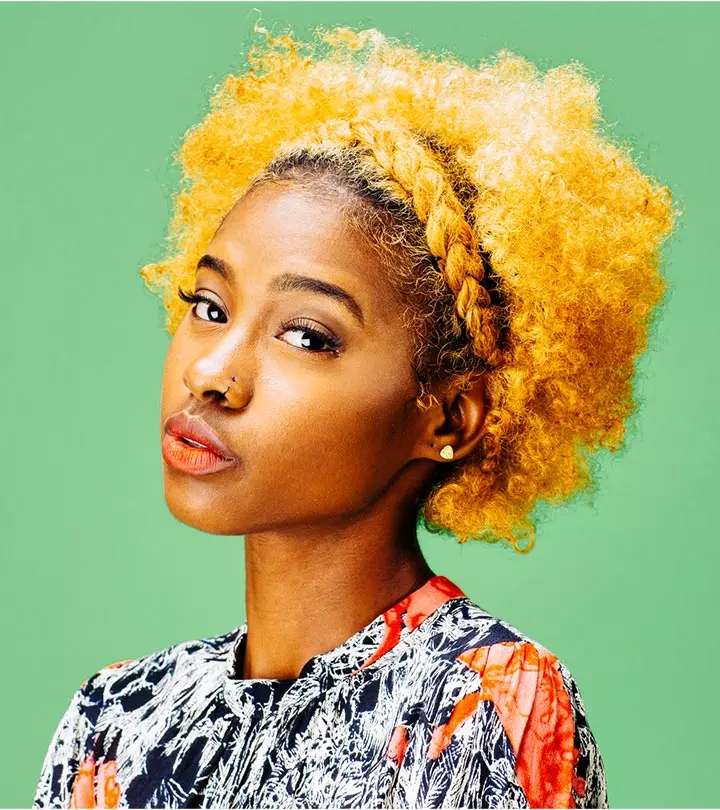
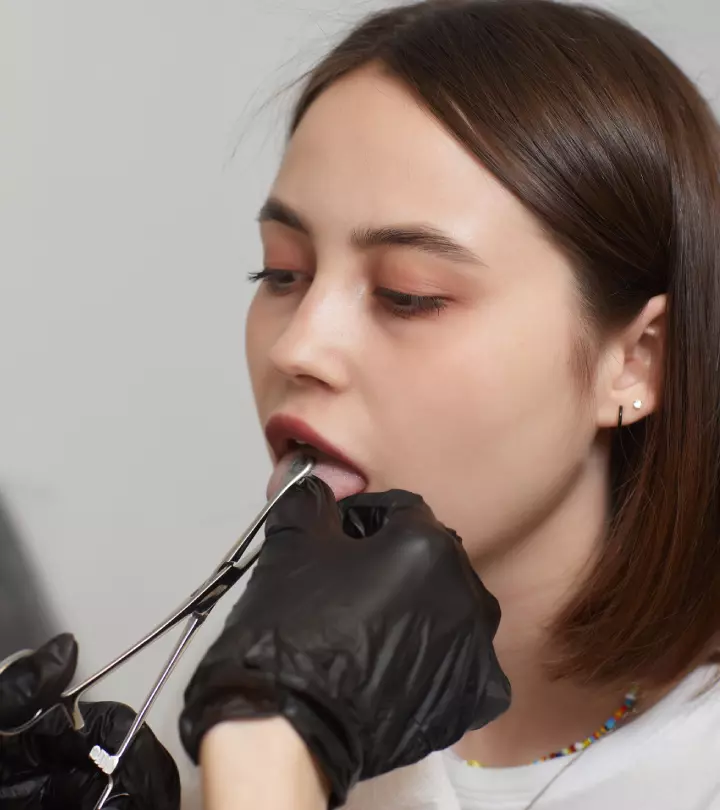


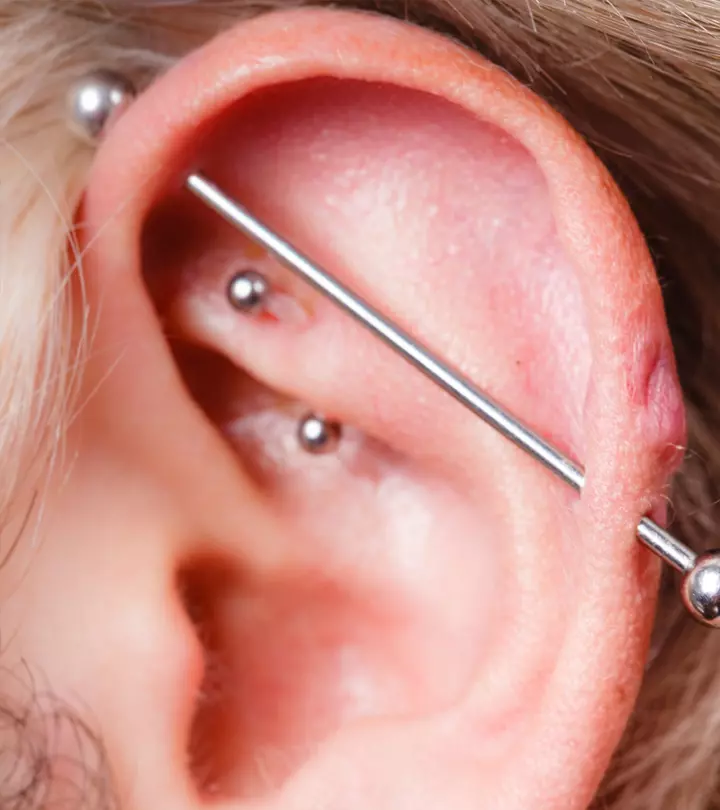
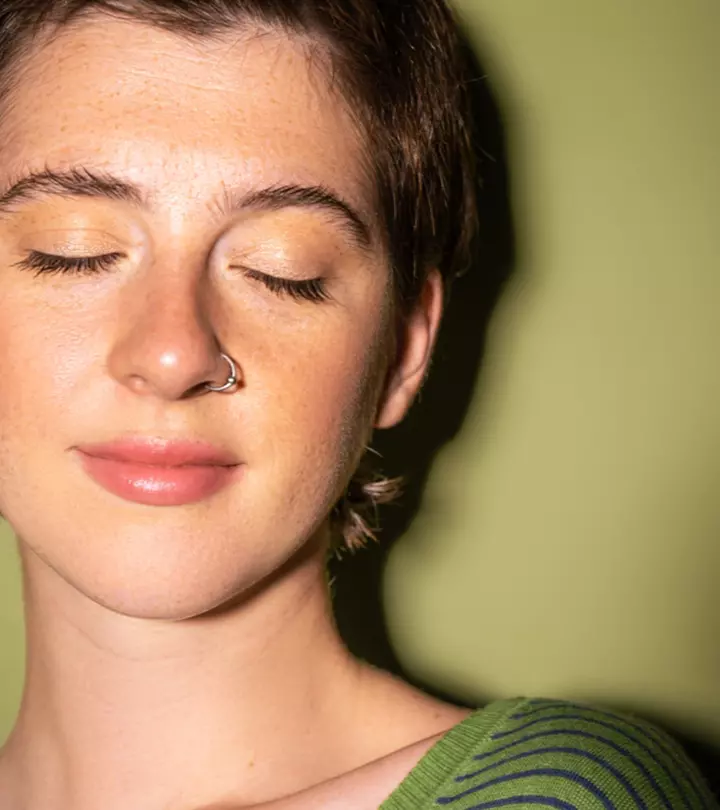
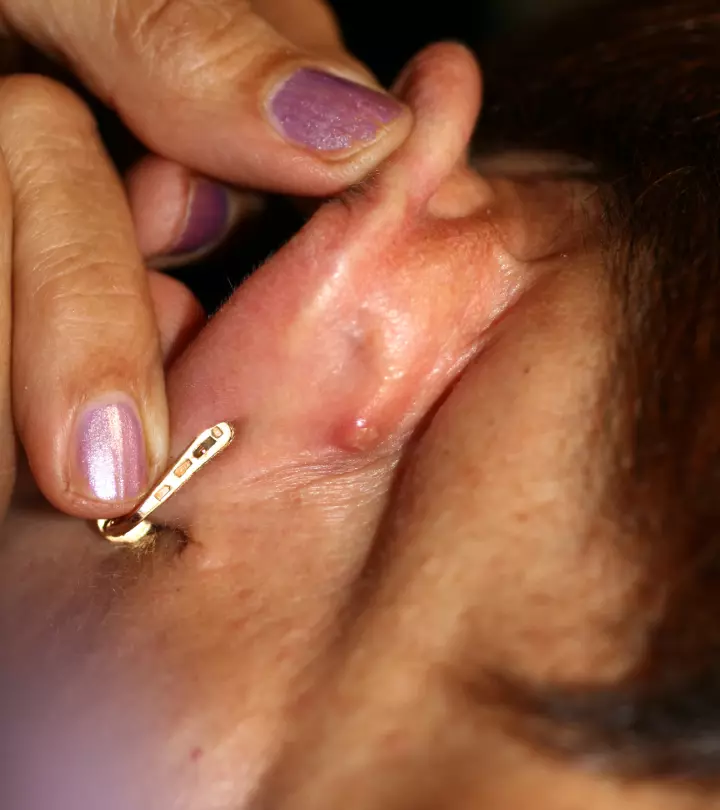
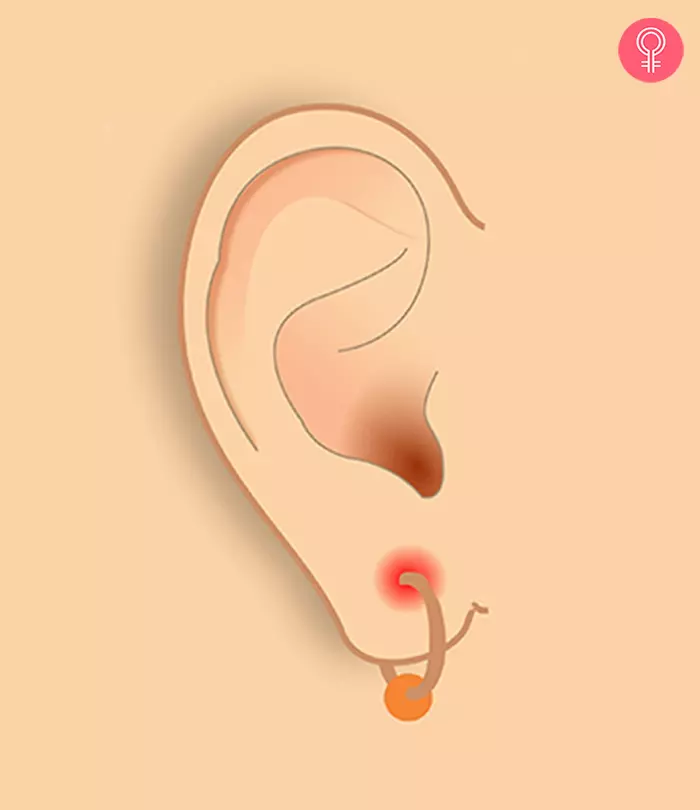


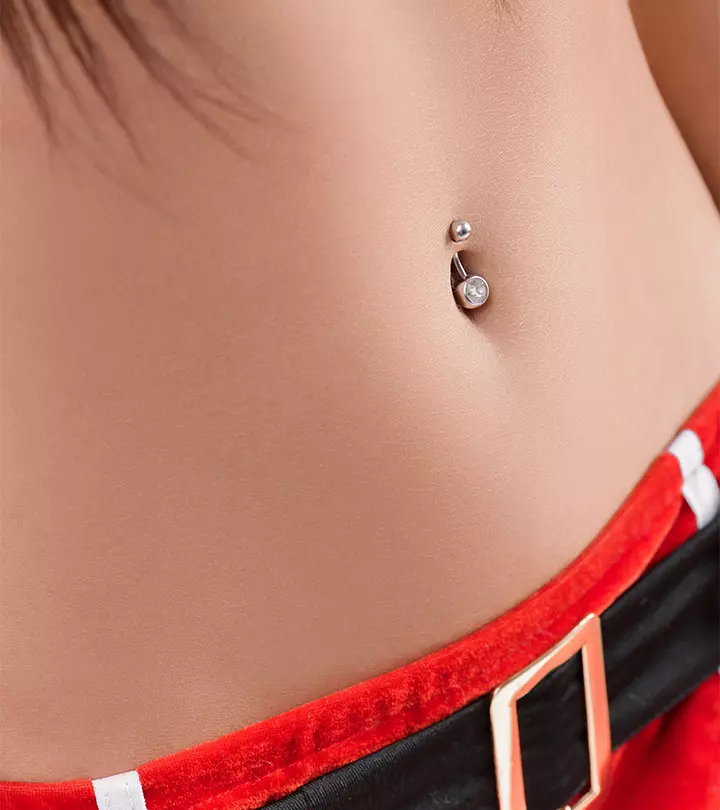





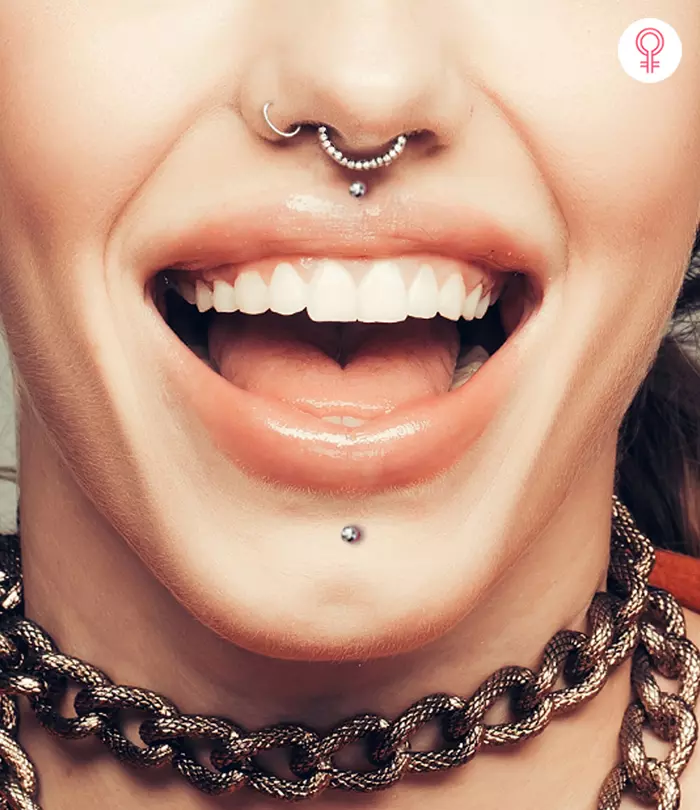
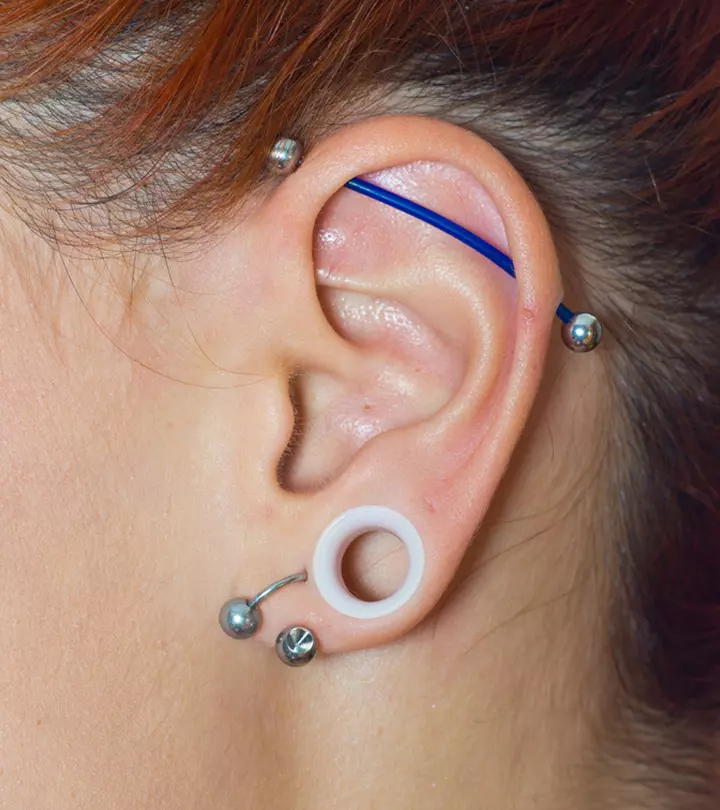

Community Experiences
Join the conversation and become a part of our empowering community! Share your stories, experiences, and insights to connect with other beauty, lifestyle, and health enthusiasts.